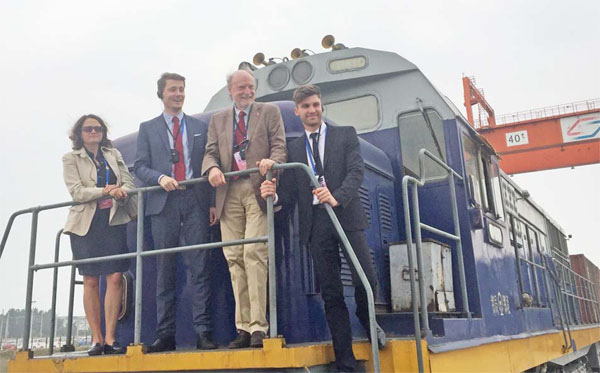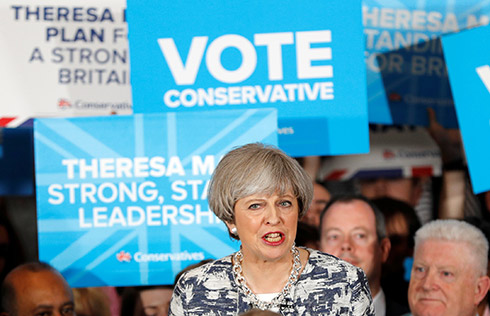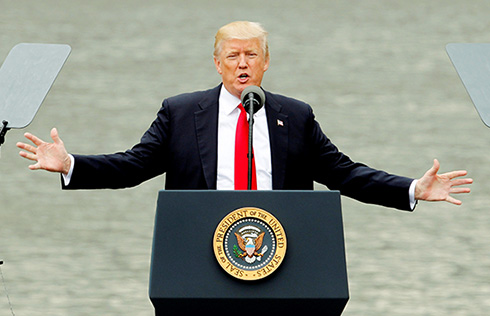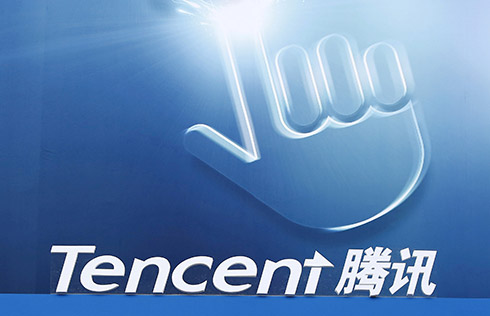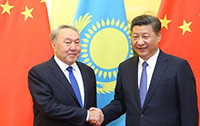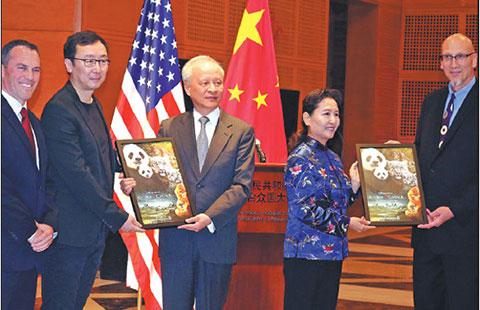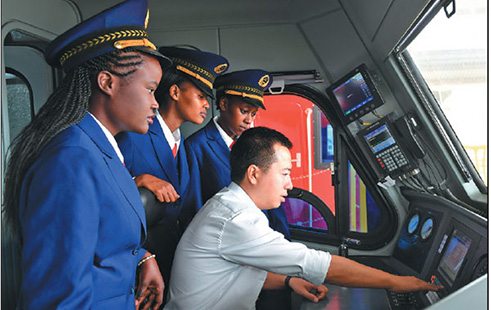The Belt and Road in action
|
European representatives at the Zhengzhou-Europe Block Train during their visit to Zhengzhou, the capital of Henan province. Chen Yingqun / China Daily |
With a long whistle, a train left the station in Central China's Zhengzhou city to the applause of dozens of European leaders on May 20.
The Zhengzhou-Europe International Block Train takes 10 days to travel 10,214 kilometers across six European and Asian countries and to deliver Chinese goods to Hamburg, Germany, from where the cargo reaches other parts of Europe. Then it turns around and carries European goods back to China. It has operated since 2013.
The European well-wishers were from more than 30 political parties from 24 countries, regional political parties and political groups in the European Parliament. They were in China attending the fifth China-Europe High-Level Political Parties Forum in Beijing.
One of the reasons for their enthusiasm is that the train is a tangible example of the opportunities to draw the regions together, such as China's Belt and Road Initiative and green development, as discussed at the forum.
The Zhengzhou-Europe Block Train is one of the most important transportation links of the Belt and Road Initiative. The train makes the trip to Hamburg three times a week. More than 50 companies from countries along the way are using the train to transport goods, says Zhao Wenming, general manager of the Zhengzhou International Hub Development and Construction Co Ltd, which runs the service.
The initiative encompasses the Silk Road Economic Belt and the 21st Century Maritime Silk Road, which use investment and trade to link China, Europe and other areas.
During their visit to Zhengzhou, the capital of Henan province, the European delegates attended the Economic and Trade Dialogue of the China-Europe political parties forum.
Zhao Jiancai, vice-governor of Henan province, says Europe is one of Henan's most important trade partners. Last year, their bilateral trade volume was $7.5 billion. During the first quarter of this year, bilateral trade exceeded $2.4 billion, double that of the first quarter of 2015.
"Moreover, bilateral investment is also pushing forward, and both sides' exchanges and cooperation in technology, education, culture, tourism, finance and agriculture also have great potential," he says.




